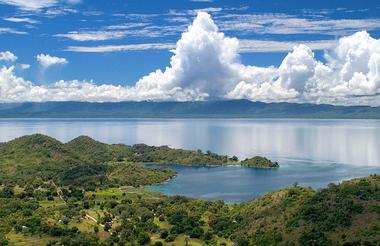Set in Zambia, the Kafue National Park is the largest park in the country and the second-largest in Africa. The contrasting landscape of the Central Kafue features riverine bush, miombo and savannah woodlands, vast open plains and majestic granite outcrops. Visitors can enjoy the pristine natural beauty of the diverse scenery and its natural, unspoilt beauty. Drive along the Spinal Road for a chance to discover the most remote parts of the Central Kafue National Park. Don't miss the opportunity to spot a wide range of African wildlife with regular sightings of puku, impala and bushbuck and catch a glimpse of the countless bird species that call this area home.
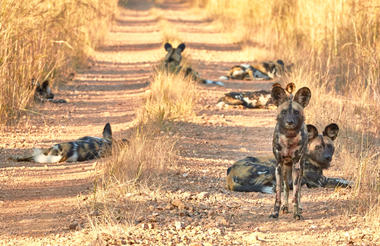
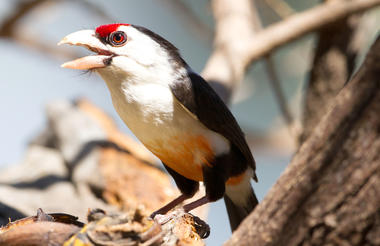
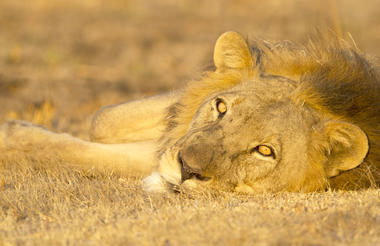
Kafue is Zambia’s largest national park, comprising two distinct sections, of which the northern section is the biggest and shelters the highest concentrations of game. Resident species include elephant, lion, leopard, buffalo and antelope, while hippos and waterbirds thrive in the wetlands of the Busanga Plains. This marshy wilderness extends across approximately 750 square kilometres which, during the rainy season, becomes a veritable deluge. Once the rains cease and the waters subside, a blanket of lush, grassy vegetation if left behind, attracting vast numbers of antelope and other grazers. Several camps are situated in Northern Kafue, offering a variety of accommodation, ranging from budget to luxury.
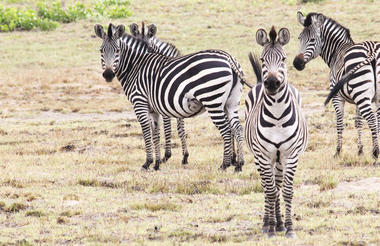
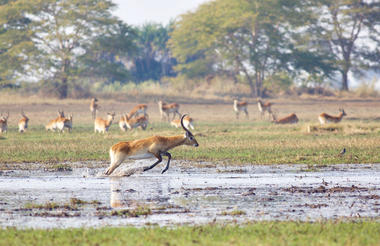
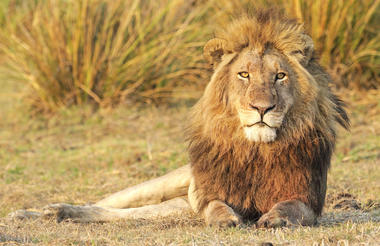
Bordering the Luangwa River, the northern and southern Luangwa National Parks contain some of the most breathtaking and untouched wilderness in Africa. As a result of this and the parks’ successful anti-poaching campaigns, the area has developed into a world-renowned wildlife haven. The South Luangwa National Park is renowned for its walking safari, which allows visitors to view elephant, hippo and even lion close-up under the supervision of professional and knowledgeable armed guides.
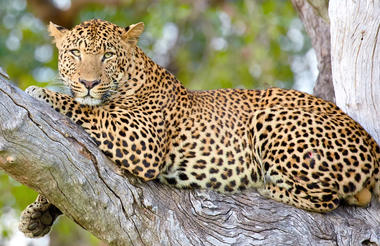
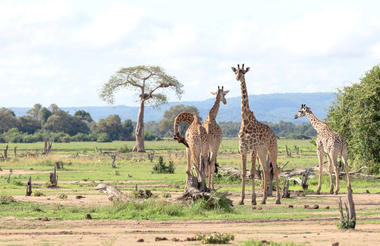
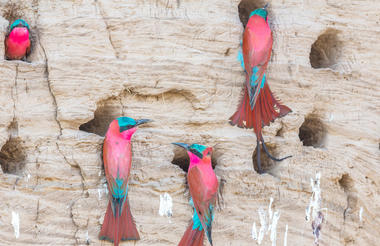
Although in Mozambican waters, Likoma Island is Malawian territory and is the larger of the two inhabited islands of Lake Malawi, measuring seventeen square kilometres across. The island boasts some lovely beaches, friendly locals, and predominantly flat terrain with a baobab dotted southern side. It is home to the headquarters of the University Mission to Central Africa, Livingstone’s mission, and hence it remained British territory when the Lake was divided politically after World War Two. The island is famous for the large, beautiful St. Peter's Cathedral, featuring numerous stained glass windows and intricate soapstone details. Visitors can relax on pristine beaches, snorkel and dive in the crystal-clear waters, and enjoy a variety of watersports.
